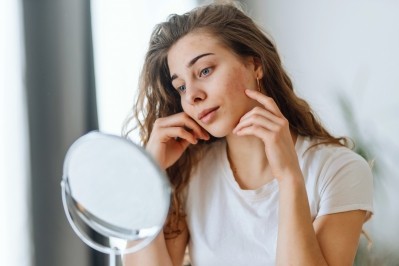How to win over… consumers in the cutting-edge derma beauty category
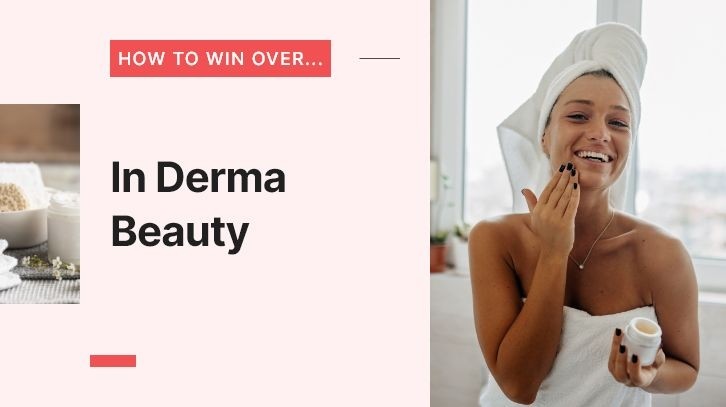
The skin's importance as our largest organ cannot be overstated. It is a remarkable protective shield that safeguards us from external threats. Its significance extends beyond physical protection, encompassing vital physiological functions that contribute to overall health and well-being.
“Our skin serves as our body's first line of defence against the outside world. In addition to protection, it plays a key role in regulating body temperature, expelling waste, and producing essential vitamin D when exposed to sunlight – crucial for healthy bones and immune function,” said Joanne Ang, founder of Kansoskin and advocate of skin health and ‘skinclusivity’.
“While there's nothing inherently wrong with wanting to enhance the skin's appearance, it's essential to prioritise what truly matters: healthy skin that's functioning optimally. In my opinion, healthy skin is beautiful skin."
She noted that historically, the beauty industry has placed a disproportionate emphasis on enhancing skin appearance and overshadowing the importance of overall skin health, which she defines as “healthy, trouble-free, and comfortable skin”.
Fortunately, this is changing.
In the wake of the COVID-19 pandemic, there was a heightened awareness of skin beyond the cosmetic. More people began to understand its significance as a barrier against harmful microbes, as well as pollutants and UV radiation.
The post-COVID era has witnessed a significant shift in consumer priorities, with health and wellbeing emerging at the top. Consumers are now more discerning, seeking products that offer both visible results and contribute to their holistic well-being.
Health, as we explored in our last in-depth feature, health has overtaken youth to become the new marker of beauty.
“Before, we talked about longevity, now we are talking about and considering not just how long you live but how well you age. I strongly believe that this will be an important part of the future of the category,” said Anne Colonna, general manager of L’Oréal R&I Advanced Research.
We are now taking skin health more seriously than ever before. This awareness intensified the desire for effective products backed with clinical data, which fuelled the already high demand for derma beauty brands.
L’Oreal Groupe’s dermatological beauty division, which consists of brands such as La Roche Posay, Vichy, CeraVe, and SkinCeuticals, grew two-fold from 2019 to 2022.
In the same period, La Roche Posay climbed from 12th in the global skin care rankings to the sixth, underlining how much the pandemic fuelled interest in derma beauty.
Myriam Cohen-Welgryn, the division president, has expressed confidence that its brands would continue its growth trajectory.
“I believe we will continue to see that growth. The growth is happening due to structural reasons. We are basically being pushed by big winds,” she said at a press conference held during the World Congress of Dermatology 2023 (WCD 2023) in July.
According to data from Intrepid*, derma beauty makes up 9% of total sales for skin care on major e-commerce platforms Shopee and Lazada. It outperformed the overall skin care category, with 67% growth between the first half of 2022 to the first half of 2023.
Thailand and Vietnam were some of the strongest SEA markets, contributing to over 15%. In particular, the Philippines was highlighted as an emerging market with high growth potential.
Daini Wang, Intrepid head of customer success, said that the derma skin care market was “concentrated” in the region.
According to the data, established brands like La Roche Posay, Cerave, Cetaphil, and Eucerin led across the region.
She added that these brands leverage their “robust dermatologic background and R&D capabilities to gain consumer trust.”
*Intrepid Market Share powered by Yimian, Lazada and Shopee in SEA (Singapore, Malaysia, Vietnam, Thailand, Philippines, Indonesia)
An ‘infinite game’: The quest for efficacy
In CosmeticsDesign-Asia’s 2023 market trend analysis, beauty leaders emphasised the importance of product efficacy.
“The mega, mega trend is supercharged efficacy. As you know, North Asia has some of the most sophisticated consumers. They are knowledgeable, they are curious but also very demanding when it comes to safety, quality and very importantly the performance. There is no trade off when it comes to beauty performance in North Asia, and I must say, specifically in China,” said Maxime De Boni, vice president, L'Oréal R&I North Asia and China.
Ellesha Kirby, global head of skin health & beauty and design at Kenvue, described skin care as the “infinte game”.
“There’s no finish line in beauty and there’s no ceiling for health. In this infinite game, consumers have a voracious demand for efficacy. And that demand for higher and higher efficacy will continue,” said Kirby.
This demand for efficacy has been heightened by the steady rise of medical aesthetic treatments among consumers.
“The quest for aesthetic performance that is happening is driven by the performance provided by procedures that more and more people want,” said Cohen-Welgryn.
L’Oréal estimated that around 300 million people have embraced the adoption of medical aesthetic procedures and believes it will grow rapidly.
“You have a boom of consumers that are turning more and more to dermatologists to meet the very high demand of aesthetic performance. We now estimate that the pool of consumers that turn to them for procedures is likely to double and reach 600 million,” said Cohen-Welgryn.
Players like L’Oréal and Kenvue see this as an opportunity to create skin care products that can complement this modern beauty regime.
“Consumers have become more demanding. They see procedures as the very top of the top. There are procedures and then there’s derma beauty. You need something between to procedures so you can prolong the effects. Then three to six months between you’ve got to be prepping the skin the procedure. That’s what’s also really changing,” said Keshan Gunasinghe, vice president of R&D, Asia Pacific, Kenvue.
Kenvue, which owns brands such as Dr. Ci:Labo, Neutrogena and Aveeno, is a spinoff from multinational Johnson & Johnson (J&J).
It recently showcased its recent breakthrough retinol skin care products from Dr. Ci:Labo, including the intriguing Enrich Microneedle Serum. The product contains microneedles made of hyaluronic acid and can enhance retinol absorption by 1.5 times while the hyaluronic acid dissolves to form a moisture barrier on the skin.
The brand also debuted the upcoming Advanced Skin Science Retinol Cream, which makes use of a liposome encapsulation technology to improve retinol penetration deliver it to the target area. Additionally, it enables retinol to be slowly released over time.
Retinol is among the ingredients that have been in high demand for its tried and tested efficacy. While it is by no means a new ingredient, it has undergone a resurgence. On TikTok, the retinol hashtag has pulled in 4.3 billion views.
Household names such as Neutrogena and Olay have also made it more ubiquitous through retinol skin care launches in the mass market.
“What’s interesting is that retinol is not a new ingredient. It’s been around since the 60s and has stood the test of time. It’s the gold standard when it comes to ageing, but it’s also a versatile ingredient and can be used in tone and acne,” said Gunasinghe.
“As demand for efficacy goes higher, we see ingredients as the signposts that consumers are using,” added Kirby.
A sensitive issue: The new normal?
Underpinning the pursuit for efficacy is also the rise of skin conditions such as eczema, rosacea, psoriasis, and acne. Such issues are growing across the world because of modern environment and lifestyle factors.
“Sensitive skin is a big, big trend. We see it's very similar globally. The rise of efficacy; sensitive as the new normal; the importance of health, science and safety is just as true if you’re in Indonesia, China, the US, or Germany,” said Kirby.
“I was in India recently for the first time after COVID. I was just astounded by how much the category has exploded. The number of products, the different formats they are using… you can definitely see it’s a big global trend. It’s not just in areas like North Asia. There used to be a big distinction, but that’s getting smaller and smaller,” added Gunasinghe.
As such, the skin care industry can expect more products that are sensitive skin friendly. “The two are linked,” said Kirby.
“When you think about efficacy, consumers are more and more demanding of efficacy without any compromise. They are very wary of irritation and all those things. Therefore, being proven for sensitive skin and not creating skin sensitivity as you deliver efficacy is really the key.”
While the consensus is that consumers are more knowledgeable than ever, the new survey by Aveeno suggested that there was a gap between awareness between preventative treatments and taking action to prevent AD.
The study, Cross-Country Parental Awareness on Early Interventions for Atopic Dermatitis, surveyed 3,012 parents with children aged five years and below across India, Indonesia, and China.
Despite 62% of parents being somewhat aware to very aware of ways to delay the onset of AD, 75% of parents surveyed were unlikely to be somewhat likely to act on preventative treatments.
However, the importance of preventative atopic dermatitis (AD) treatment cannot be overstated, said Dr Evelyn Tay, consultant at Shine Dermatology Singapore.
“If you don't maintain the skin barrier, you can develop food allergies along the way. There’s what we call the atopic march, it starts with the skin, then it gets into the lungs and develops into asthma. And when asthma is not well controlled, you develop allergic rhinitis. It’s very important to manage the skin because it's a barrier to a lot of like the external agents.”
Elissa O'Keefe, founder and director of Science Skincare, believes that more consumers will turn to medical experts to manage their skin.
“We're going to see it very much move out of the cosmetic space, move out of the supermarket space, and we will be seeing consumers accessing expert advice for this skin… People are time-poor, they are overwhelmed with choice, they want to go to the experts and leave that consultation with a prescription for their skin.”
The nurse practitioner and associate professor expects this to increase with the rise of telemedicine.
“Telehealth has absolutely changed healthcare. We can get such great access to really smart people. That’s one of the things we can thanks COVID for.”
A green revolution: Harnessing the forces of nature
Like the rest of the beauty category, derma beauty is being strongly influenced by the demand for clean and green ingredients without compromising on efficacy.
“Consumers wants results, and the industry is listening and responding by developing formulas that are cleaner but that also create positive change in the skin with many of the big brands developing formulas to meet this market demand of clean but active skin care,” said Allison Ware, global training and education specialist at clean cosmeceutical skin care brand Biologi.
“What is exciting is that this category of skin care is now fast gaining traction thanks to its foundation in active, natural ingredients that have a cosmeceutical effect. It combines the best of both worlds because it offers natural ingredients that are also active.”
In 2020, as part of its sustainability program L’Oréal for the Future, the beauty giant pledged that by 2030, 95% of ingredients in its formulas will be bio-based, derived from abundant minerals or from circular processes.
Rather than hinder the research and development of its derma beauty brands, Colonna hailed it as a golden opportunity to advance the derma beauty space into new dimensions.
“This opens a completely new field of innovation. We have been able to modify these raw materials thanks to green science,” she said.
Pro-Xylane was the first active ingredient obtained by green chemistry that the company produced. It is obtained from xylose, a natural sugar found in beech wood. The supply is optimised by sourcing from sustainably managed European forests.
Today, this ingredient is more than two decades old and can be found in products from Vichy as well as L’Oréal Paris.
Another ingredient example is madecassoside, which is found in its iconic La Roche-Posay Cicaplast Baume B5+.
The company used to obtain this ingredient by a slow maceration of Centella Asiatica leaves in petrochemical solvents. However, today the solvents have been replaced by water and ethanol from sugar cane.
“It has been very, very important, not just for replacement, but to provide new performance engines. For example, in derma beauty, we are using hyaluronic acid that is bio-based. This presents several advantages. For example, we are using grams of bacteria to produce tonnes of hyaluronic acid with COSMOS certification,” Colonna added.
By harnessing biotechnology, cosmetic companies are now able to go beyond “classical chemistry”, she said.
Colonna highlighted the firm’s research on the microbiome, which she considers the future of skin care. By extensively researching the microbiome, the company has gained invaluable knowledge on major skin concerns from acne to dandruff to AD.
“The microbiome is also part of biotechnology and green sciences… It’s just incredible and this shift is an incredible way to be able to innovate.”
The company has delved into research on how the skin microbiome changes with age. According to Colonna, understanding the differences will be key. She elaborated that replenishing the mature microbiome with organisms found in younger microbiomes could unlock the path to youth again.
“We have demonstrated it on skin roughness, on radiance… This is how in the future we can reverse ageing, by playing on the microbiome and finding your youth again. This is the future.”
‘Fight again universalisation’: Inclusivity in derma beauty
The composition of the human microbiome is unique in each individual. It is determined not just by genetics but also factors such as our environment and lifestyles. As such, understanding the skin microbiome will be extremely important address another key issue in derma beauty – inclusivity.
“Inclusive beauty is not beauty for all, it’s beauty that serves each and everyone in all its diversity. It’s a challenge but also a unique opportunity to study and understand each consumer,” said Colonna.
“I see a strong responsibility. Our duty is to respect each and everyone in its diversity. We need to fight against the universalisation of beauty and fight for unique beauty.”
At WCD 2023, L’Oréal debuted MELASYL which it claims to be the first inclusive solution that targets pigmentation while respecting natural individual skin tone.
“This molecule is what we call an inclusive tone management molecule. It’s not going to block any process of pigmentation, instead, it magnifies your own skin tone, meaning that you keep your skin tone, but you magnify it. It’s about respecting the diversity of skin,” explained Colonna.
She emphasised the importance of green chemistry in developing more inclusive products.
“By using biotech, we can arrive at innovations that we could never have done with classical chemistry. We use biomimicry to create innovative solutions, meaning we take inspiration from nature to create an ingredient. By respecting nature, we open many new paths.”
Driven by a fusion of science, technology, and ethical responsibility, we can expect the derma beauty category to evolve rapidly to become greener, without compromising on efficacy. Rather than just addressing common skin care concerns prescriptively, derma brands must embrace and understand each person’s unique needs and move away from a universalised approach to skin care.
Additional reporting by Thian Siying.
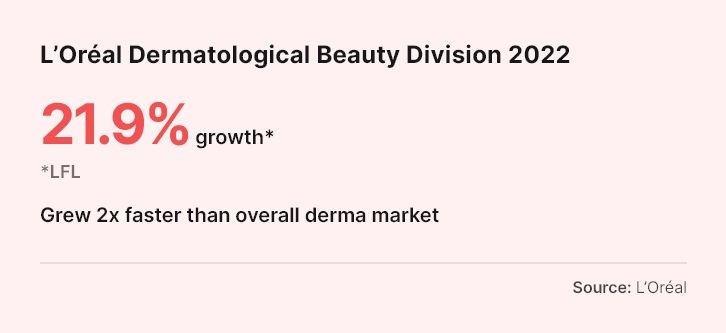
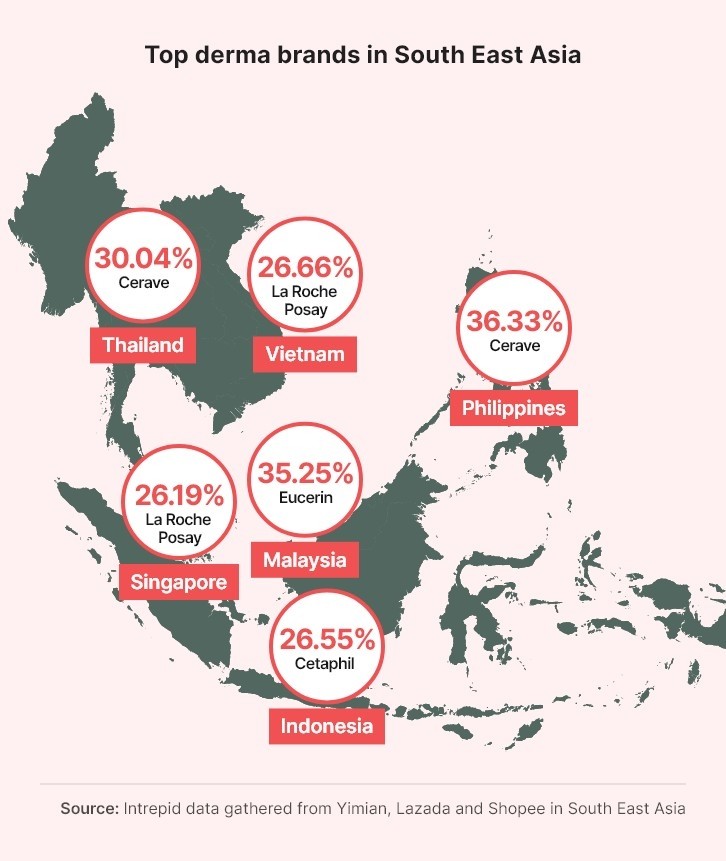
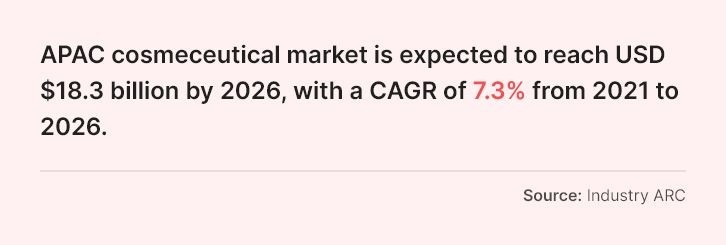
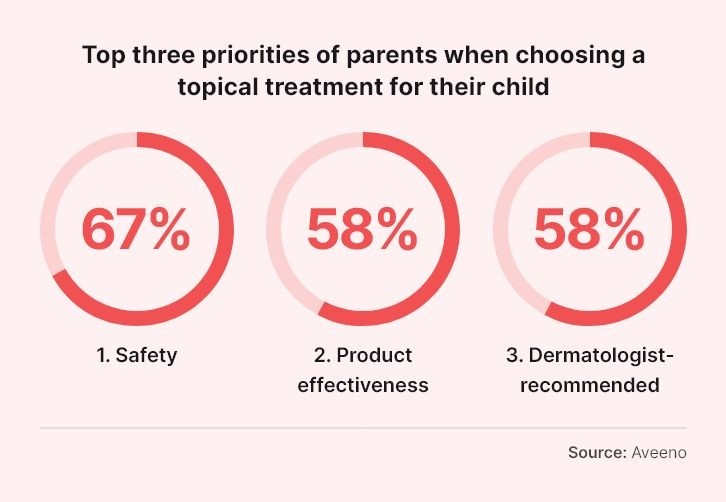
![SK-II’s latest research into skin ageing has revealed data that it claims enhances the relevance of its hero ingredient, PITERA, to a younger demographic of skin care consumers. [SK-II]](/var/wrbm_gb_food_pharma/storage/images/_aliases/wrbm_medium/publications/cosmetics/cosmeticsdesign-asia.com/article/2023/09/20/sk-ii-s-latest-breakthrough-boosts-pitera-relevance-to-younger-consumers/16721360-3-eng-GB/SK-II-s-latest-breakthrough-boosts-PITERA-relevance-to-younger-consumers.jpg)
![MISEICO is repositioning itself as a beauty and wellness brand that addresses specific challenges experienced by women going through menopause. [MISEICO]](/var/wrbm_gb_food_pharma/storage/images/_aliases/wrbm_medium/publications/cosmetics/cosmeticsdesign-asia.com/headlines/brand-innovation/miseico-addresses-issues-facing-women-undergoing-menopause/16744418-1-eng-GB/MISEICO-addresses-issues-facing-women-undergoing-menopause.png)
![CTFAS is set to launch the CTFAS Academy, which it hopes will elevate cosmetics industry standards in Singapore. [Getty Images]](/var/wrbm_gb_food_pharma/storage/images/_aliases/wrbm_medium/publications/cosmetics/cosmeticsdesign-asia.com/headlines/business-financial/ctfas-academy-singapore-industry-association-aims-to-uplift-local-cosmetics-sector-with-new-programme-launching-in-october/16654427-1-eng-GB/CTFAS-Academy-Singapore-industry-association-aims-to-uplift-local-cosmetics-sector-with-new-programme-launching-in-October.jpg)
